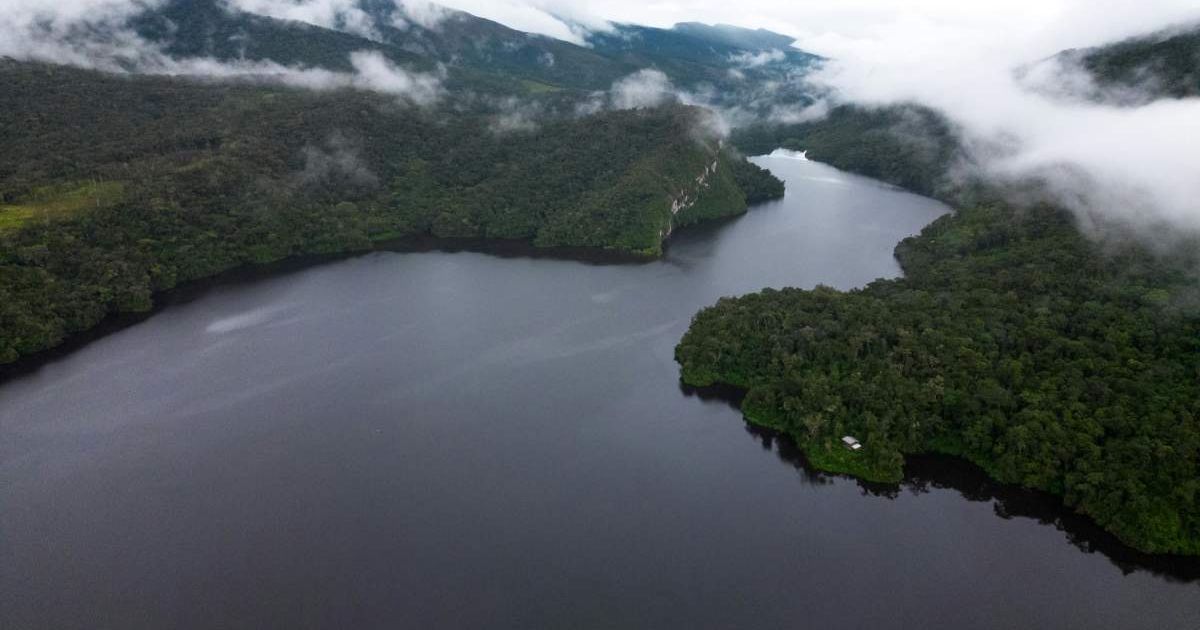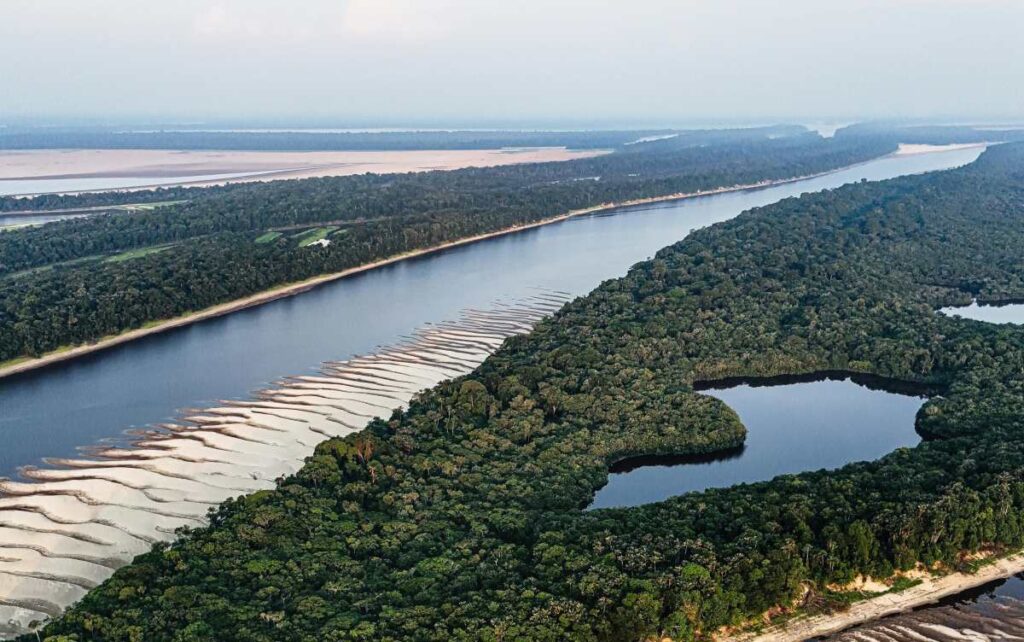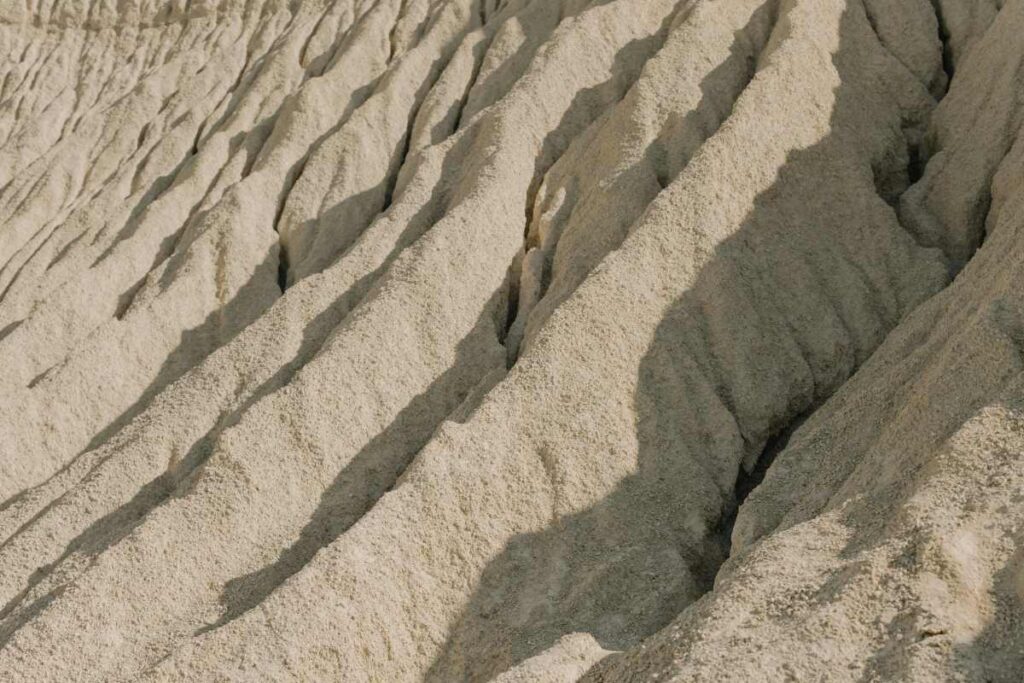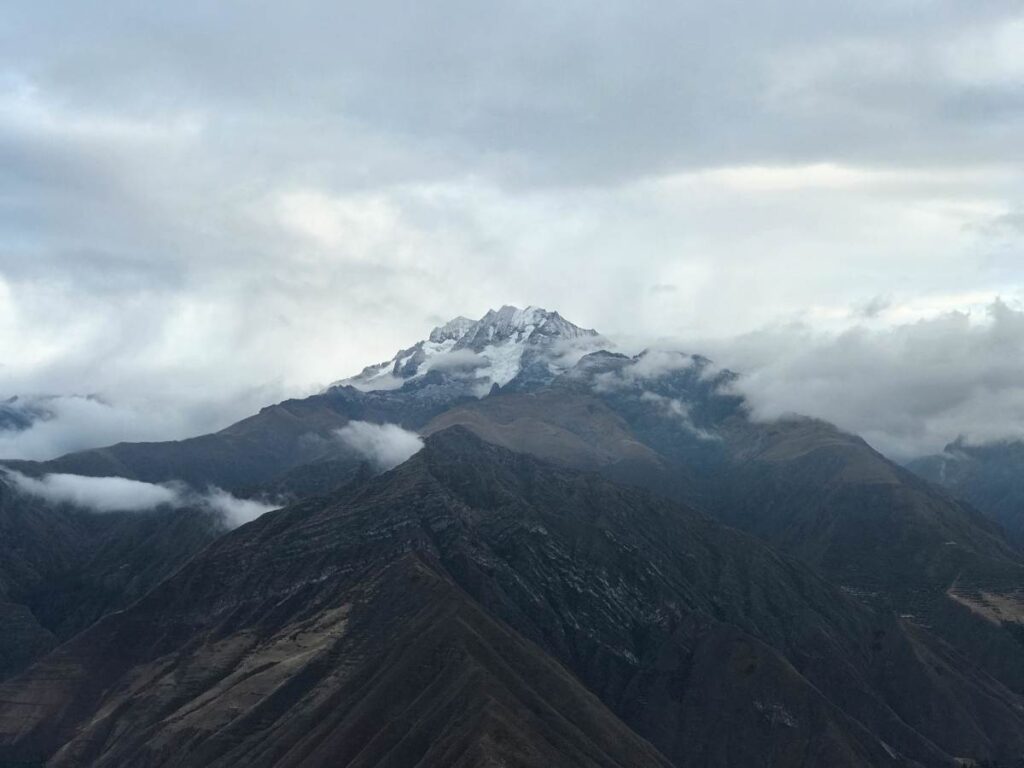

Millions of years ago, before the continents took shape, Earth was a single, vast landmass known as Pangea, covered in a mossy terrain stretching from pole to pole. Eventually, massive volcanic activity triggered the separation of tectonic plates, causing South America and Africa to drift apart. This rupture left deep scars in Earth’s crust, forming a basin that collected water, giving rise to the South Atlantic Ocean and, later, the Amazon River. If a dinosaur had been around to observe this ancient world, it would have seen the Amazon flowing from east to west.

However, the planet’s fiery interior had more transformations in store. Over time, molten rock surged through weak points in the crust, leading to the formation of the Andes Mountains. It wasn’t until 2006 that geologist Russell Mapes made a groundbreaking discovery—this mountain range had reversed the river’s course. While traveling by plane and boat to collect sediment samples, Mapes and his team found tiny zircon crystals that exposed the Amazon’s surprising history.

Today, the Amazon River originates in the Peruvian Andes and winds its way through Brazil before emptying into the Atlantic Ocean. Surrounded by the dense Amazon rainforest, its murky waters serve as a habitat for an incredible array of creatures, including black caimans, river dolphins, green anacondas, electric eels, and red-bellied piranhas. Spanning about 4,000 miles, it is the second-longest river on Earth, following only the Nile. Yet, its current path has not always been the same—millions of years ago, it flowed in the opposite direction, as Mapes discovered.

By analyzing ancient sediments at the river’s mouth, Mapes identified zircon crystals that appeared to originate from the eastern side of South America—an oddity, considering the river’s supposed flow from west to east. “Throughout the basin, the mineral grains pointed to central and eastern South America,” Mapes noted in a press release.

At first, his advisor, Drew Coleman, speculated that parts of the river might still flow westward. However, this idea was soon dismissed. “Because the Amazon is so flat, even a slight tilt can drastically alter its direction,” Coleman explained. The most plausible explanation was that when South America and Africa split during the Cretaceous Period, between 65 and 145 million years ago, an elevated region in northeastern South America deflected sediments westward—until the Andes eventually emerged.

As time passed, the once-volcanic highlands cooled and eroded, sending more material into the basin. This gradual accumulation of sediment eventually created a vast freshwater lake. Over tens of millions of years, continued sediment deposits altered the landscape, redirecting the Amazon’s flow. “We estimate this shift happened within the last five to ten million years—an incredibly fast change in geological terms,” Mapes said. “It’s a reminder of how dynamic Earth’s surface really is.”

Leave a Comment